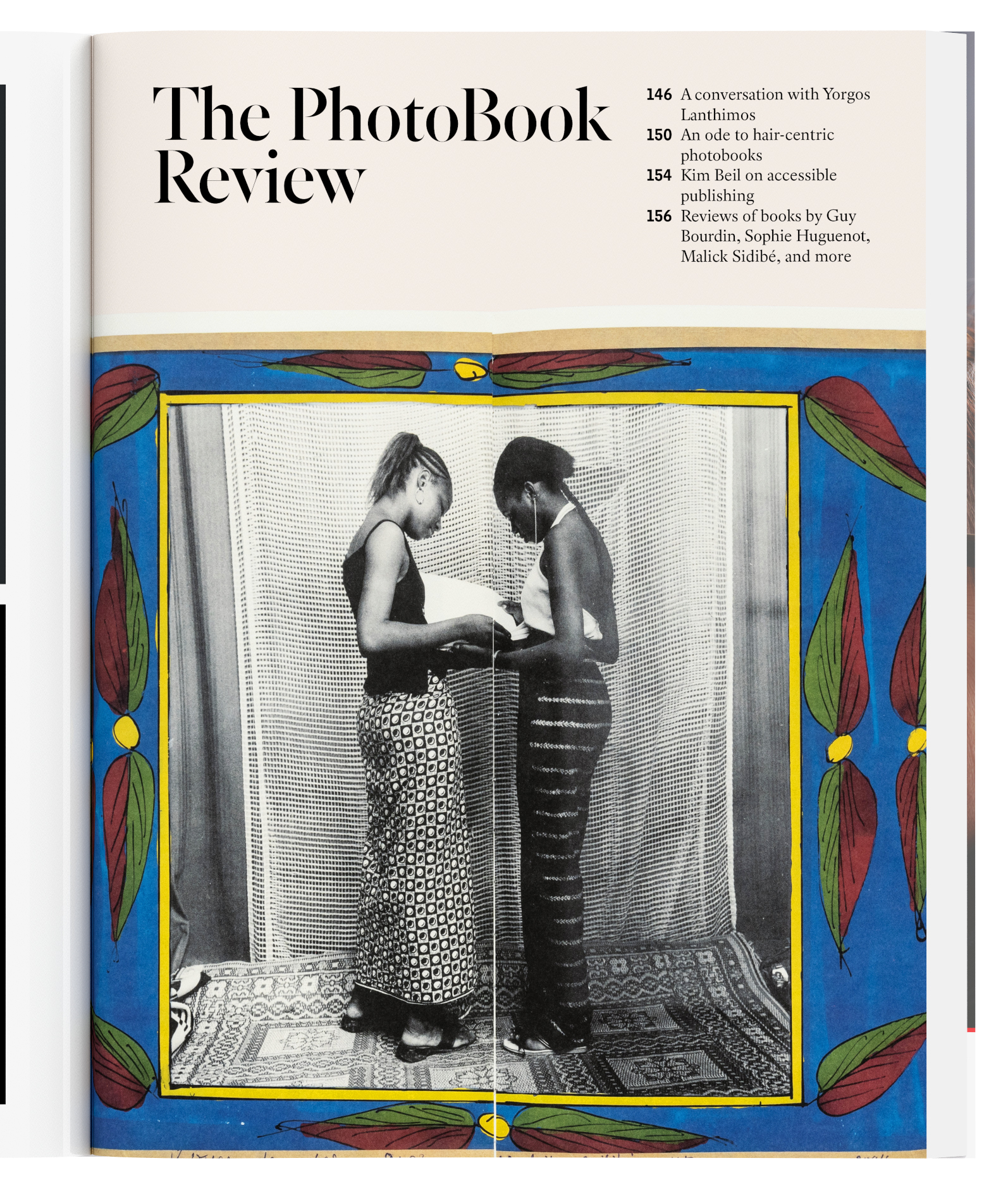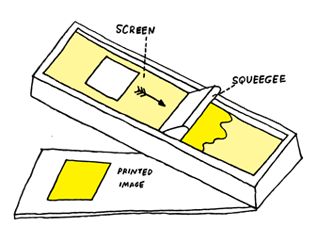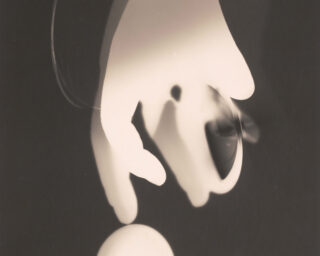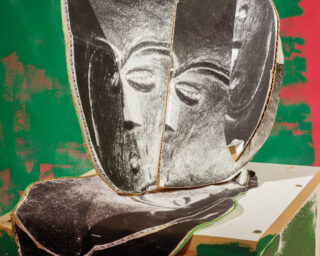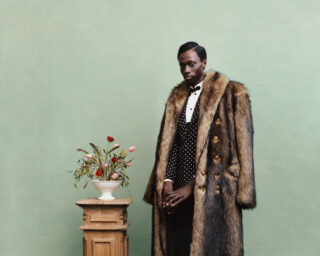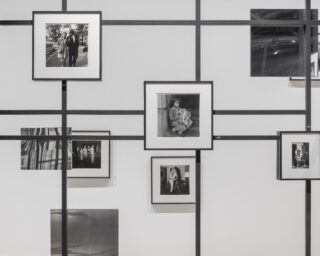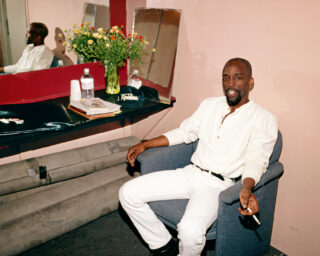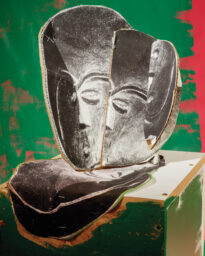The Fine Art of Making Things
In The Photobook Review 005, Guest Editor Darius Himes and Publisher Lesley Martin spoke to a handful of people who have collectively (and many, individually) spent decades working with artists to help manifest, in physical form, the ideal book that is in their imaginations. For ease of discussion, three micro-stages have been identified: the consideration of materials, preparation of files, and what happens (or goes wrong) on press, when the images are finally made real.
Part C: Putting Ink on Paper
The on-press experience
Do you think it is critical for someone to oversee the printing to achieve a successful photobook? Should an artist go on press?
Kimi Himeno (AKAAKA): Yes, it is definitely important. Printing is a critical component that determines how the images are presented to an audience. I work as both a publisher and a production expert; in relation to the artist, I am a kind of me- dium between them and the photobook—I try to channel their needs. In order to translate the creativity and originality of the work itself into an object (a photobook), I develop an intense dialogue with the artist. Sometimes my ideas can be more extreme than the artist’s. I think it is useful for the artist to be on press in most cases. Many Japanese artists continue to think of the photobook as the best way to show their works. From this view, having someone oversee the printing can be the key to the success of the final work.
Danny Frank (Meridian Printing): Artist, production expert, curator, publisher—all of these roles contribute to the success or lack of success of any photobook. I have worked with the least “knowledgeable”—in the technical sense—clients who have contributed the most to the overall quality of the book. The professional roles people have are often less important than their particular vision. If an artist wants to be on press, then I always encourage them to come. It is always surprising to me when artists don’t want to see what happens when their work is translated into ink. My role is to understand what the artist is expecting and then to come up with the appropriate technical solutions.
David Skolkin (Skolkin + Chickey): Critical, no. Preferred, yes. Often the ability to go on press is dictated by the budget the book has. Simply stated, in my experience, I have always found that being on press produced a better book. Being there gives me the chance to fine-tune the images, troubleshoot anything that may come up, and work closely with the pressmen, which often adds that touch of magic that really allows the book to sing. It can make a good-looking book a great-looking book. I have long and good relationships with printers I like to work with, so I often feel confident that when budget or schedule doesn’t allow I will still get a good result. But, when possible, being on press is the best way to go. I really like to have the artist with me. Not only can it be tremendously helpful when a decision needs to be made instantly, but it also adds so much to the whole “texture” of the press check.
Matthew Harvey (Aperture): Printing is a constant push and pull, always taking one thing in exchange for another. For photography, printing in CMYK is like translating language. The two languages might not always share the same words, but a good translation can express the sense of the original words. The decisions that are made on press about that translation are never made by one person, but are a collective effort made with a group of (usually) incredibly skilled and perceptive pressmen. For me, having the photographer involved in that conversation makes all the difference. It is ultimately their work that is being reproduced and they have the most intimate knowledge of the images, but it’s my job to help them get to that translation.
How much control does one have over the final result at the printing stage?
Frank: Offset printing is still not “scientific.” Perhaps the question should be how little control one has at the final stage. The basic decisions have already been made. You are not going to change the design, paper (although that has happened), number of colors, or type of separations. However, final interpretation of the separations and proofs can vary greatly from one person to another. Whatever the proofing system being used, there is never an exact match to what has been approved. Looking at wet ink, in various lighting conditions, in your particular state of mind, will change the decisions you make. The same applies to the pressman, who may have no artist or production person present.
I remember working with Richard Avedon during the printing of The Sixties at Meridian. Initially the printing was being supervised by the studio manager, who didn’t have any experience with offset printing. The manager noticed an almost imperceptible tonal break in the highlights. He refused to let us continue printing because of something that you could only see with a hight-powered loop. I called Avedon and explained to him that the quality of the book was going to be compromised because all our efforts were being directed to something that wasn’t really a problem. Avedon took the train up here, looked at the sheet in question, and told the studio manager to go home so we could continue printing. He was not interested in the tiniest electronic blip. He just wanted his images to look right.
Nicole Katz (Paper Chase Press): You have very little control at the final stage. You can make slight overall shifts in color or density, but anything specific will require resubmitting files and/or creating new plates. This can very quickly eat through a project’s budget and your patience!
Your time is best spent working with your printing company’s prepress department to ensure files are submitted correctly, and definitely get an accurate printed proof to make corrections from. We did a project recently with a big corporate client of ours. We’d just finished getting the press up to color to match their proof when our client arrived for his press check. Instead of approving the press sheet as we thought he would, he showed us the artwork on his cell phone and said the color didn’t match! He (mistakenly!) thought that viewing the image on his phone was more reliable than our printed proof, so he hadn’t bothered making changes to the proof when it had arrived in his office the week before. It all worked out in the end, but that’s not the ideal way to achieve the results we all wanted!
Himeno: One of our recent books, Jin Ohashi’s Surrendered Myself to the Chair of Life, is A3 size (16 1⁄2 x 11 1⁄2 in.) and four hundred pages—a monster book. We spent thirty-eight days (and nights) printing it. Actually, the printing machine broke down during the process, so, including its maintenance, the printing took about two months! I can tell you that our printer (Onoue Printing) is one of the best in Japan, but, still, it took so much time and energy (even before going on press, we had conducted tests of many different types of paper and many proofs). Even though we had at least one person on press at all times, we ended up having to reprint 20 percent of the pages. One of the issues was that printing at such a large size frequently incurs small roller marks—streaks of ink on the pages. It was a serious problem on this book. The printing house decided to change all the rollers to brand-new ones just to try to keep this from happening. I remember that a man from Heidelberg, the press manufacturer, spent nights adjusting the machine. I can’t thank everybody enough!
—
Contributors include: Xavier Barral, Publisher and designer, Éditions Xavier Barral, Paris; Alexa Becker, Acquisitions editor, Kehrer Verlag, Heidelberg, Germany; Danny Frank, Project director, Meridian Printing, East Greenwich, R.I.; Tricia Gabriel, Publisher, The Ice Plant, Los Angeles; Matthew Harvey, Production manager, Aperture, New York; Kimi Himeno, Publisher, AKAAKA, Tokyo; Nicole Katz, Cofounder, Paper Chase Press, Los Angeles; Christina Labey, Cofounder, Conveyor Arts, Hoboken, N.J.; Michael Mack, Publisher, MACK Books, London; Sue Medlicott, Founder, The Production Department, Whately, Mass.; Thomas Palmer, Separator, New Haven, Conn.; Paul Schiek, Photographer and publisher, TBW Books, Oakland, Calif.; David Skolkin, Cofounder, Skolkin + Chickey Design and Radius Books, Santa Fe, N.Mex.; David Strettel, Owner and publisher, Dashwood Books, New York

